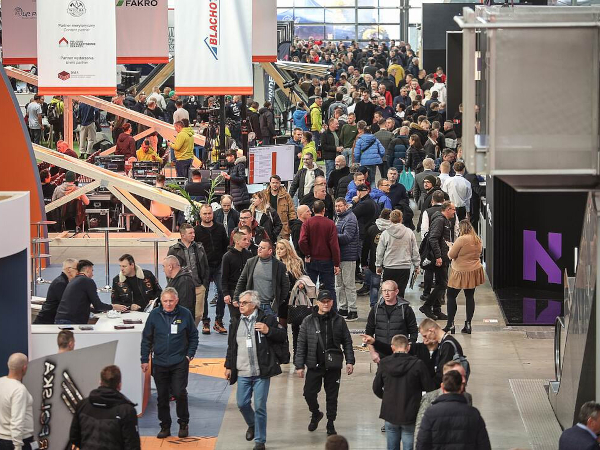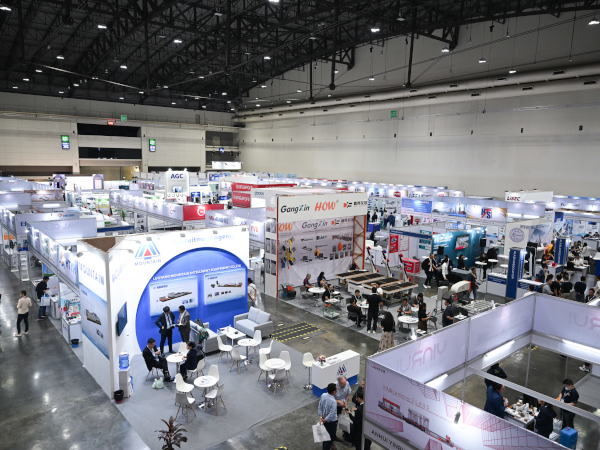Date: 21 January 2002
"Pilkington was just one of many in the fenestration industry who requested that the Department of Energy reevaluate its decision to lower the solar heat gain coefficient (SHGC) for Energy Star Windows in the central region of the U.S.," said Paul Gore, Pilkington North America's business segment leader for building products. "Upon review and additional information, we're confident that the DOE will recognize the need to raise the SHGC criteria in the central region to at least 0.55."
On Oct. 19, 2001, the DOE announced that the SHGC criteria for all Energy Star windows sold in the central region of the U.S. would be lowered from 0.55 to 0.40 as of Jan. 1, 2002. However, as stated in its Dec. 21, 2001 letter, the DOE has delayed the implementation of the criteria for three months.
In its letter, the DOE stated three reasons for the delay in implementing the change and its re-evaluation. First, it will allow more time for partners to incorporate the necessary changes into their manufacturing, marketing and sales activities. The DOE also needed to review additional information about the energy savings implications of the new criteria and re-evaluate the energy analysis in support of the new criteria, which was found to have a mathematical error.
Pilkington, along with other glass manufacturers and window makers have stated that, for the northern and central regions of the U.S., a high SHGC is favorable for homeowners. "Windows with a relatively high SHGC allow the sun's free solar heat to enter the home, reducing both heating needs and utility costs," Gore explained.












Add new comment